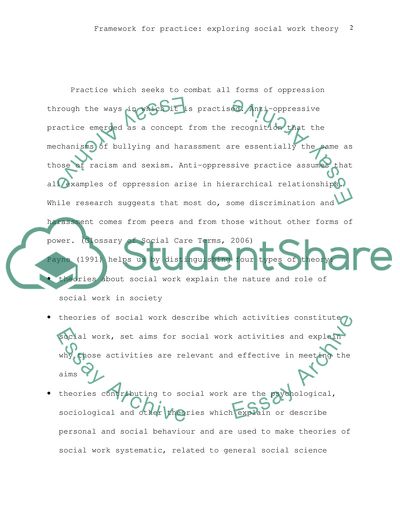Cite this document
(The Ecology of Human Development Assignment Example | Topics and Well Written Essays - 2500 words, n.d.)
The Ecology of Human Development Assignment Example | Topics and Well Written Essays - 2500 words. https://studentshare.org/sociology/1703167-framework-for-practice-exploring-social-work-theory
The Ecology of Human Development Assignment Example | Topics and Well Written Essays - 2500 words. https://studentshare.org/sociology/1703167-framework-for-practice-exploring-social-work-theory
(The Ecology of Human Development Assignment Example | Topics and Well Written Essays - 2500 Words)
The Ecology of Human Development Assignment Example | Topics and Well Written Essays - 2500 Words. https://studentshare.org/sociology/1703167-framework-for-practice-exploring-social-work-theory.
The Ecology of Human Development Assignment Example | Topics and Well Written Essays - 2500 Words. https://studentshare.org/sociology/1703167-framework-for-practice-exploring-social-work-theory.
“The Ecology of Human Development Assignment Example | Topics and Well Written Essays - 2500 Words”. https://studentshare.org/sociology/1703167-framework-for-practice-exploring-social-work-theory.


